Merely 5 years ago, Jordan Peele’s directing debut, Get Out, transformed our perceptions of what horror should and can be, inspiring condescending terms like “elevated horror” to describe horror movies that are both fun and “artistic.” Thus, especially with Peele’s latest film, Nope, in our immediate rearview, it’s worthwhile to revisit his original masterpiece while looking for other works.
As the most influential horror movie of the last decade, Get Out means a variety of things to different people and is celebrated for various aspects of its construction. Simply focusing on one or another of these aspects would end up leaving us with either a list of films about Black protagonists, a few influences Peele has owned up to, or a handful of A24 “elevated” flicks. Thus, this lists curation showcases a few different aspects of the film through these recommendations, highlighting what made the original pop but introducing fans to other genres, auteurs, and periods of cinema.
Gaslight (1944)
Typically, articles like this one are where films made before Star Wars go to die, but fans of Peele will find Gaslight an atypically similar watch for its time. This 1944 thriller follows a young woman named Paula (Ingrid Bergman) as she starts to suspect she is going mad and starts calling into question the motives of her husband (Charles Boyer, who has never been creepier). The currently overused term “gaslighting” originated from the popularity of this film and the play it is based on, giving a modern viewing the added bonus of a useful example of what the word really means. Like Daniel Kaluuya’s Chris in Get Out, Paula finds herself suspecting the worst of her partner, and trusts that her love isn’t so intensely misplaced. For a generation of true crime podcast listeners, this film plays out like a classic story of intensely evil manipulation, predicated on fears of one’s own paranoia. Describing the film as psychologically horrifying would be an understatement; beware watching this with your significant other, or be ready to fear them.
Guess Who’s Coming to Dinner (1967)
This 1967 drama stars Sidney Poitier as he meets his white fiancé's parents (Spencer Tracy and Katharine Hepburn). The events that follow are a series of awkward social situations and the tackling of racial nuance as Poitier’s protagonist attempts to make a good impression on people who are desperately trying not to appear racist to mixed results. The film examines its own time’s claim to racial equality, emphasizing that there would still be a long way to go before it could really be achieved. Sound familiar? Considerably progressive for a 60s flick, Guess Who’s Coming to Dinner created the template that Get Out would take to horrific heights. Like Peele’s horror, the drama creates tension by having the white parents claim to be forward-thinking and outwardly unproblematic, only for their deep-rooted biases to float to the surface. Soaked in 60s aesthetic and shot like a stage production, this movie remains a cultural touchstone in America to this day; any list of films similar to Get Out would not be complete without this decade-defining classic.
Night of the Living Dead (1968)
A comparison to Night of the Living Dead highlights a key part of Get Out’s narrative and tone. In George Romero’s original zombie flick, an ensemble is thrown together in a house when the dead start coming back to life, intent on cannibalizing the living. At the center of this hurricane is Ben, a Black man who tries to keep a level head for most of the movie only to fail at leading his fellow survivors to do the same. When he is left the only man standing, a squad of policemen shoots him, mistaking him for a zombie.
The original ending of Get Out took a similar turn, with Chris being arrested by police for the murder of the family that was trying to gut him. Peele opted for a slightly more optimistic ending, leaving our protagonist free. The difference between Romero’s pessimistic satire, which embraces the inevitability of annihilation as a society, and Peele’s optimism that we can change is further clouded not only by Peele’s turn away from a bleaker ending but by Romero’s original intentions concerning Ben’s race. The director claims that casting a Black actor to play Ben was not intentional, just that Duane Jones was the best actor to play him, but the film gains so much power from that incidental detail. It’s doubtful Romero would go back and do that differently, knowing now how relevant that imagery would become.
The Shining (1980)
Your eyes are rolling loud enough to be heard through the screen. Come on, The Shining? Surely that’s a reach! Yet, Peele himself has referenced the filmmaking in Stanley Kubrick’s psychological ghost story as a huge inspiration for his own work, particularly in Get Out. The forest ambiance of the opening scenes makes this obvious, with a similar shade of pale blue used for the title card as The Shining’s opening credits. In the director’s commentary, Peele says he “totally ganked that” from Kubrick. Later in the film, Peele sets up the house as a horror location just as the Overlook is; by giving our protagonist a guided tour.
More overtly, Get Out contains a couple of easter eggs referencing the Stephen King adaptation. In the opening scene, Andre compares the suburb he will soon be abducted from to a hedge maze, the distinctive location for the climax of The Shining. Later at the airport, a background announcement is made for “Flight 237.” Rabbit-eared listeners likely know that to be the same number as the Overlook’s most haunted room. Kubrick’s use of camera clearly inspired Peele’s film, and the slow almost horror-less build to a climactic third act seems beat to beat just like Jack Torrence’s descent into madness. The Shining beams as an example that so-called "elevated horror" is no new phenomenon. Rather, there have always been auteurs taking a shining to horror movies with both great entertainment and artistic value.
They Live (1988)
Peele recently made headlines with a tweet at a fan who claimed that he was the greatest horror director of all time. “Sir, please put the phone down I beg you,” Peele tweeted, following with. “Sorry. I love your enthusiasm, but I will just not tolerate any John Carpenter slander!!!” A major misconception that some people may have is that Peele’s contributions to the genre are the first horror films to ever have any social commentary in them. While They Live is debatably more action comedy than thrill and chill slasher, director John Carpenter’s work illustrates the ability of cinema to capture our paranoia and fear about the societies we have built.
They Live follows a man who discovers via a pair of sunglasses that his world has been overtaken by some kind of alien species who are already ingrained into and rule over humanity, lulling us into passivity via capitalistic toys like television and magazines. In an attempt to rebel, he tries to alert others to the truth about their lives under the control of an oppressive force. While Get Out may not be overtly inspired by They Live, the two movies share the use of secret manipulative societies barely hidden below the surface of typical American life. Both are popcorn entertainment, using broad metaphors as easy shorthand for social and political distrust.
Higher Learning (1995)
For those seeking more African-American auteurs with something to say about race, there is none more underrated than John Singleton. While his first film, Boyz in the Hood, might seem like the obvious place to start in his filmography, the themes of Higher Learning have unfortunately never been more relevant than today. At college, we follow several freshmen as race and gender begin to divide them. The climactic scene is heartbreakingly real as the students learn to hatred towards one another very quickly and lose their purity to bloodstains. This social drama is a major downer and features elements of Peele’s original Get Out ending as well. Its intense, heartfelt look at American education into socio-economic and racial tension comes from an underheard perspective; if you’re looking for another director to deep dive into while you wait for Peele's next feature, John Singleton is definitely the way to go.
The Visit (2015)
From Ari Aster’s Midsommar to the recent A24 flick X, this generation of horror creators has explicitly laid out its fear of elderly white people. Get Out definitely exists as an early part of that trend, but the use of seniors as horror icons rather than simply telegraphers of doom (“Don’t go in that house, it’s haunted by spirits of the damned!”) seems to have originated with M. Night Shyamalan’s PG-13 horror gem. The premise of this found footage B-movie is simple; two children are making a documentary about their visit to their grandparents. When the elderly couple starts to behave strangely, they initially dismiss their behavior as typical of older people, but slowly start to fear for their lives.
While Shyamalan’s name has left a bitter taste in some viewers’ mouths (most recently with Old, another button in the senescence=horror subgenre), The Visit stands within the same conversation as his better work. A supporting performance from Kathryn Hahn (no, it wasn’t her all along, this isn’t WandaVision) ties the emotional heart of the movie together, while the small-scale handheld “back-to-basics” feeling of the movie keeps viewers intrigued on their seat’s edge to the very last set piece.
Sorry To Bother You (2018)
Attentive viewers may know LaKeith Stanfield as the actor who yells the titular line “Get out!” in the film while dressed in a straw hat and yellowish tan jacket. Only a year later, Stanfield would star in Sorry To Bother You, a movie concerned with much of the same issues as Get Out but with a twisted, impressionistic take on the real-world horror of racism. Its premise does not do the film justice; a Black telemarketer named Cassius Green (one of the best names in cinema) begins speaking in a white-sounding voice to customers. When his technique earns him more success, Cassius discovers more sinister aspects of his society as he gives up more of himself to serve his own success. The whole film takes place in a heightened Charlie Kaufman-like reality that emphasizes points that would seem too trite and dismissible otherwise.
Like Peele with Get Out, director Boots Riley uses his freshman film to look at America’s relationship with race as a currency. Body horror becomes an integral part of both film’s third acts, working as a metaphor for the filmmakers’ perceptions of minorities’ lack of autonomy within American systems. All the intense social commentary that Get Out has, Sorry To Bother You takes to an insane next level, crafting a longwinded rollercoaster that touches on all kinds of social horror. Anyone who thinks of themselves as a Peele savant is required to watch this movie in order to compare him to his peers in racially-concerned filmmaking.
Candyman (2021)
The influence of Get Out can only be felt marginally, but the first shockwaves are starting to hit. Future The Marvels director, Nia DaCosta, emerges under Peele’s producing wing with the most recent Candyman film. Using some unconventional techniques such as shadow puppets and unique Chicago establishing shots, DaCosta tells the story of an artist (Yahya Abdul-Mateen III) investigating the gentrification of the Cabrini-Green neighborhood. Soon he finds himself a victim of the supernatural Candyman, a killer with a hook for a hand that seems tied to the racial trauma of the neighborhood itself.
Both Get Out and Candyman investigate the insanity that comes from being marginalized, and the horror of being painted as a monster yourself. DaCosta comes out as a strong contemporary of Peele’s, creating a world with her own spin while clearly having similar themes and cinematographic strengths. Any Peele fan should take note of her as the true first student of Peele in the directing world.


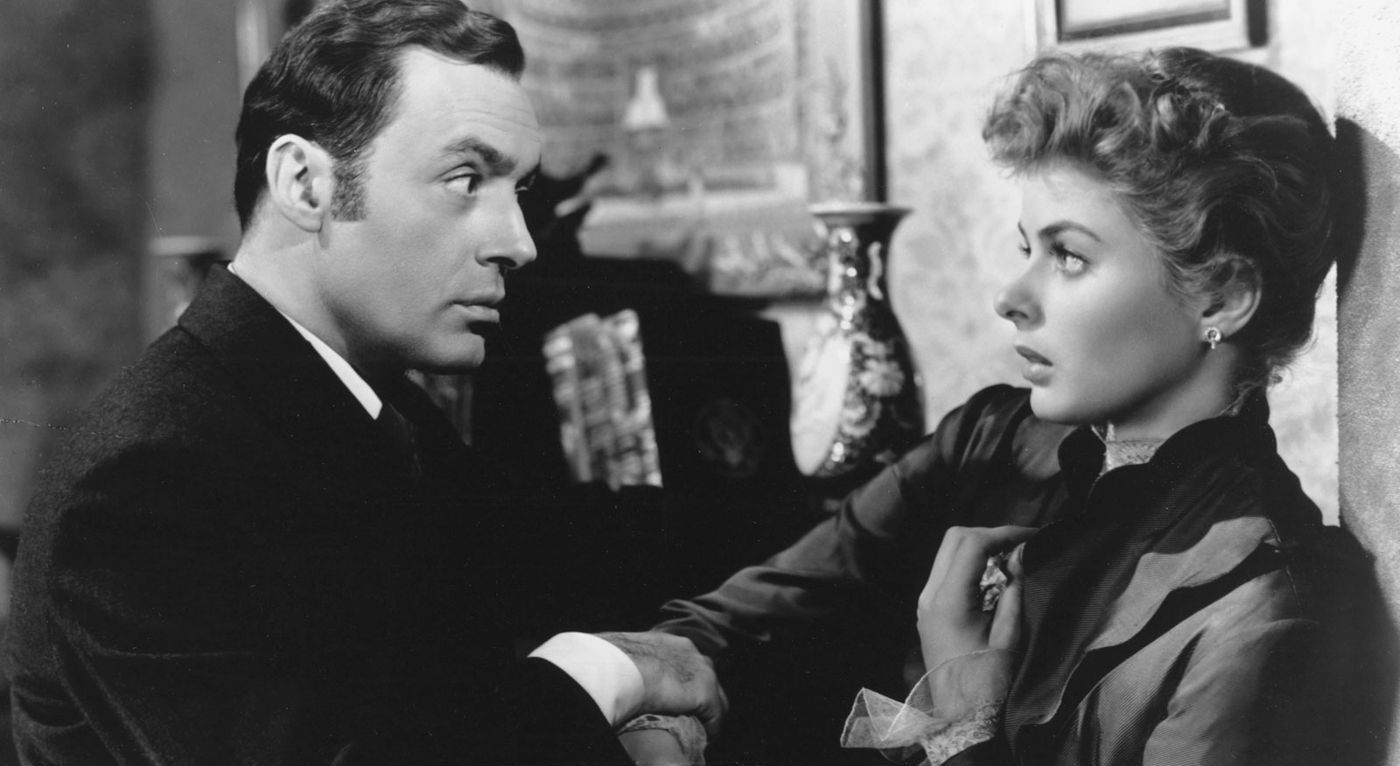
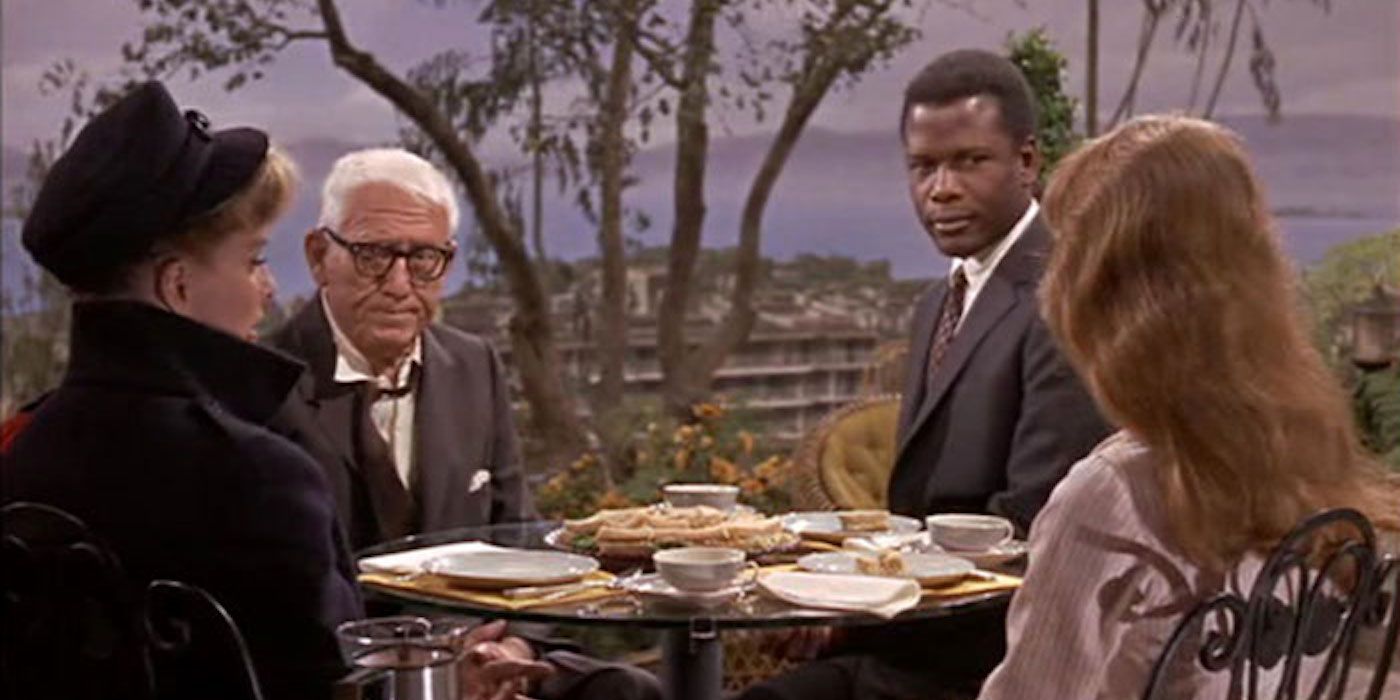
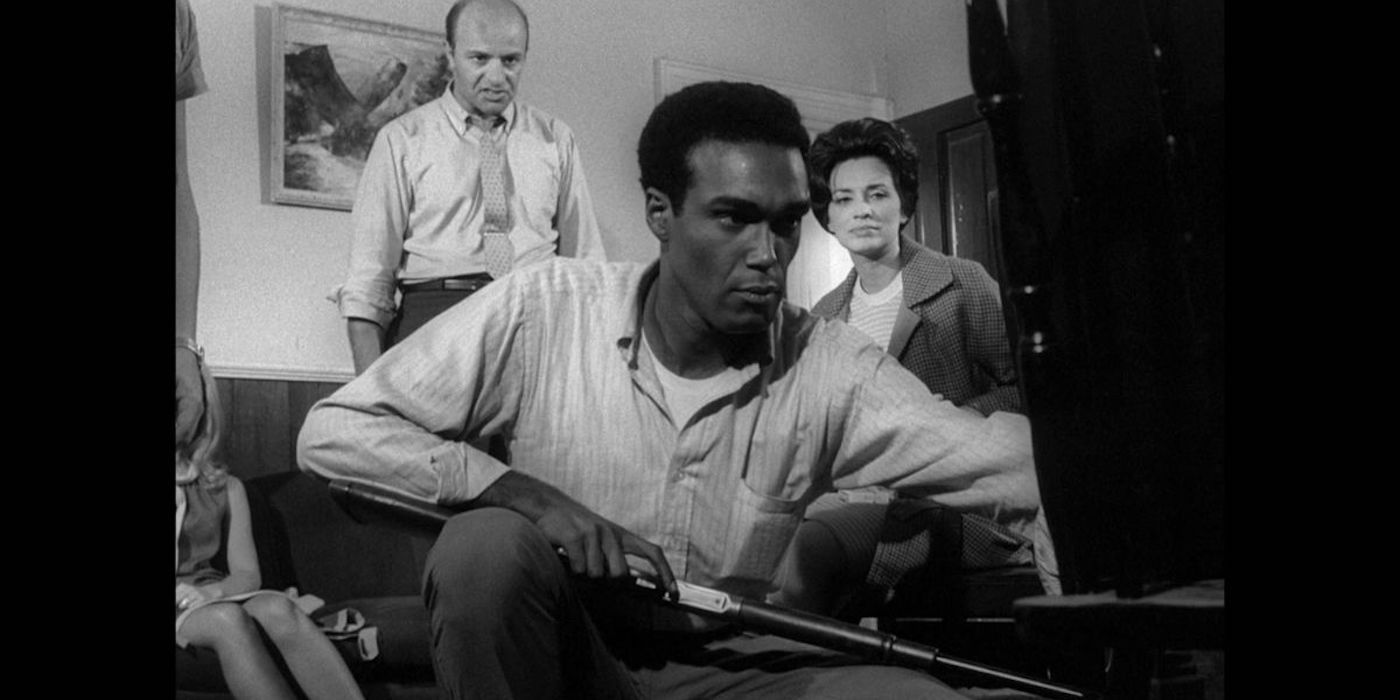
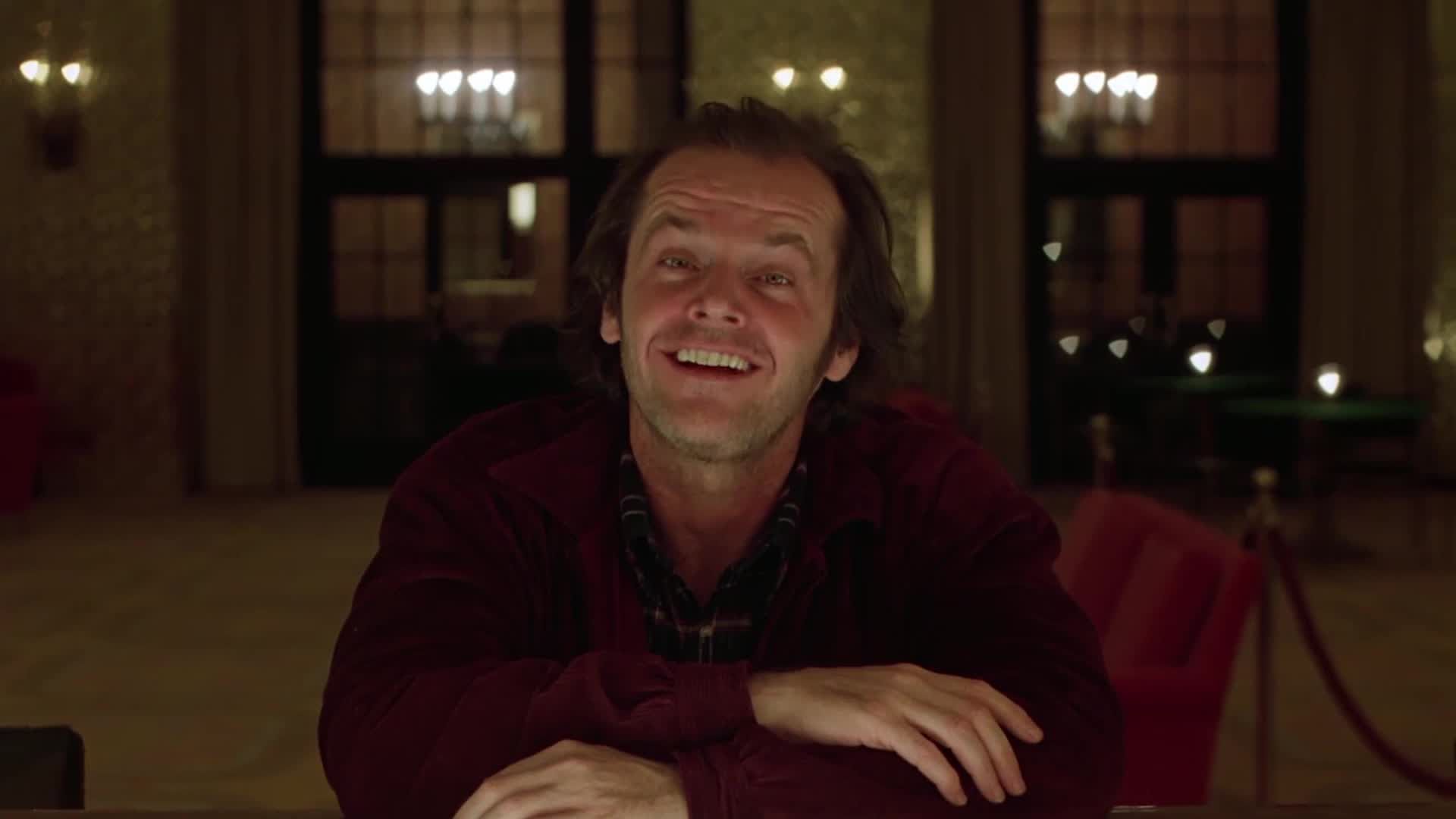
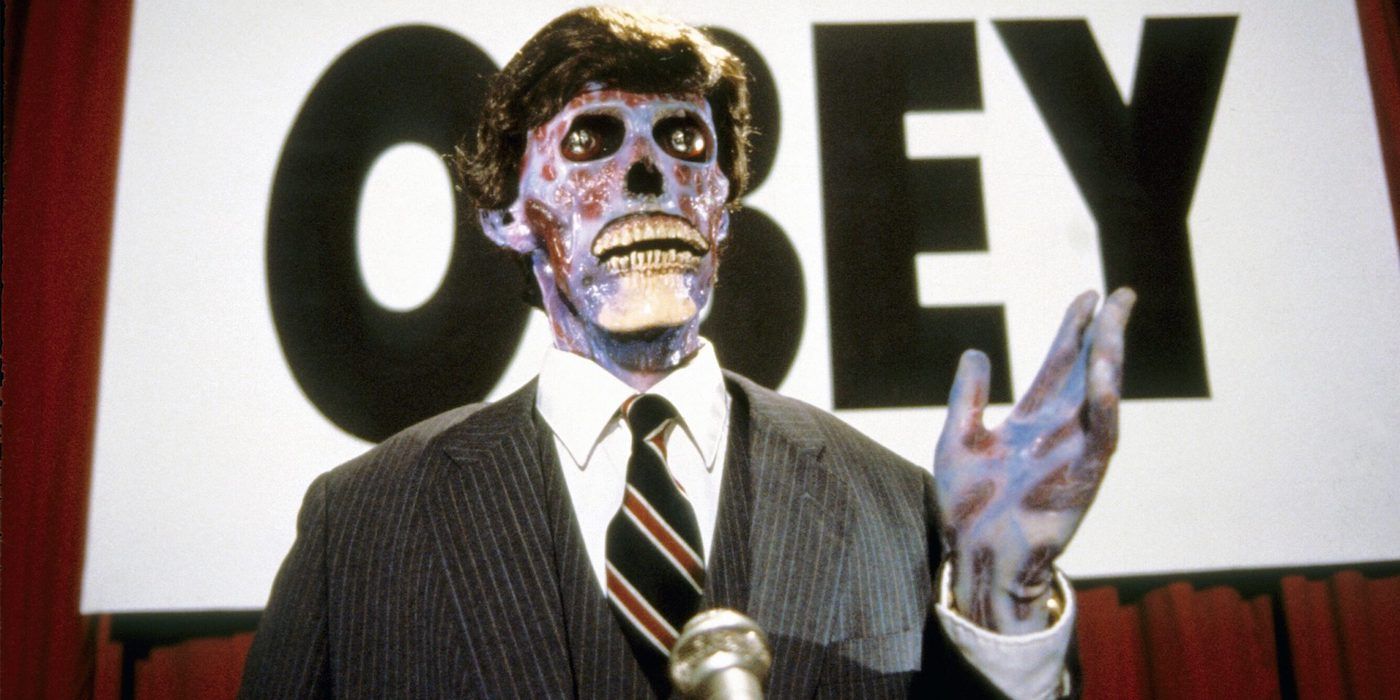
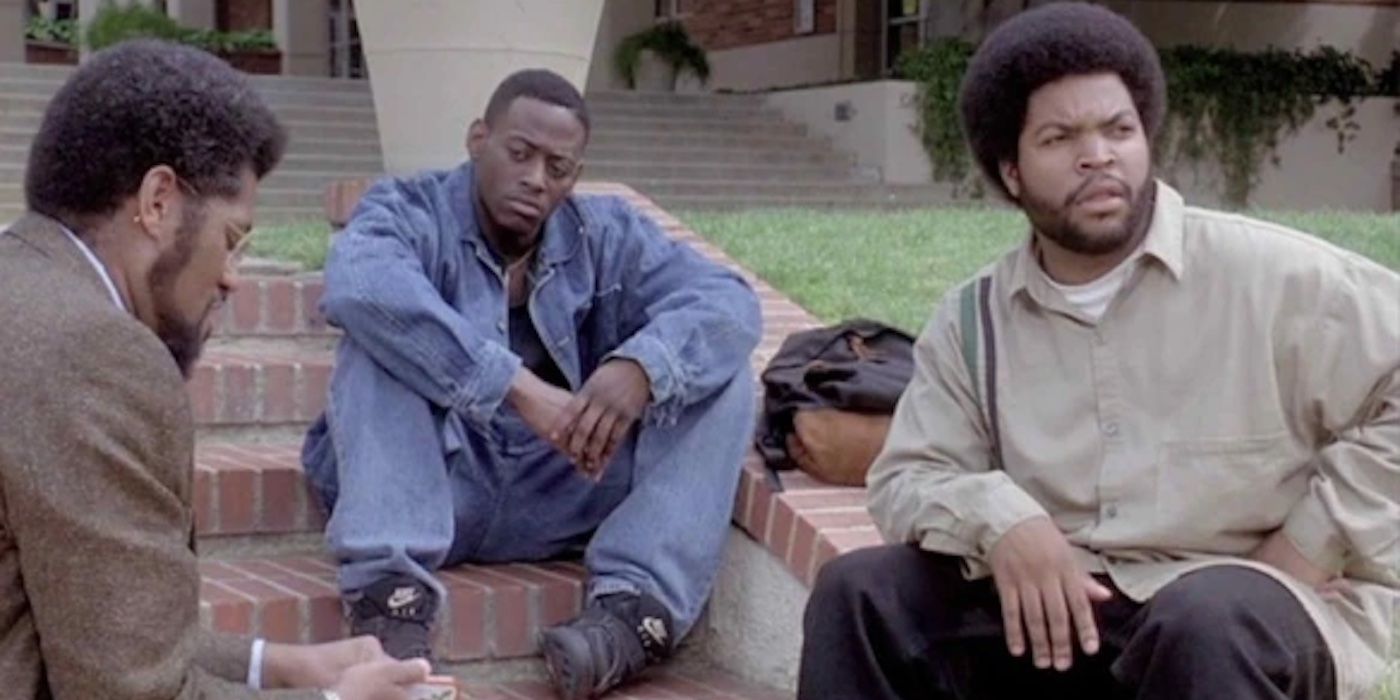
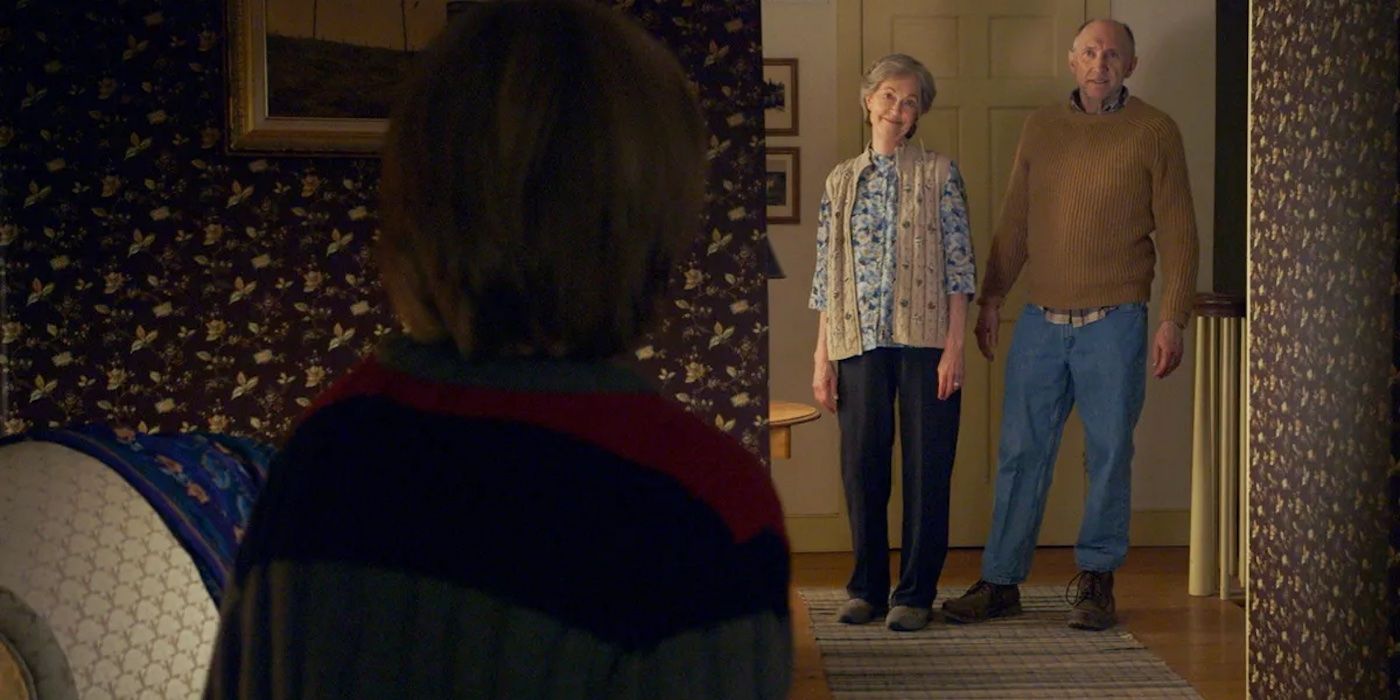

-1.jpg)